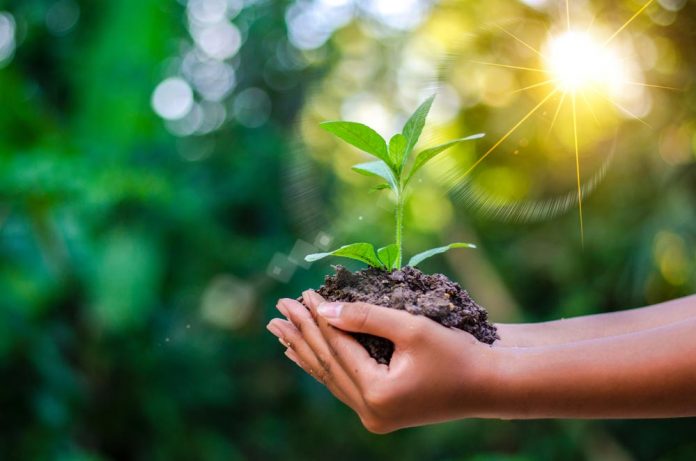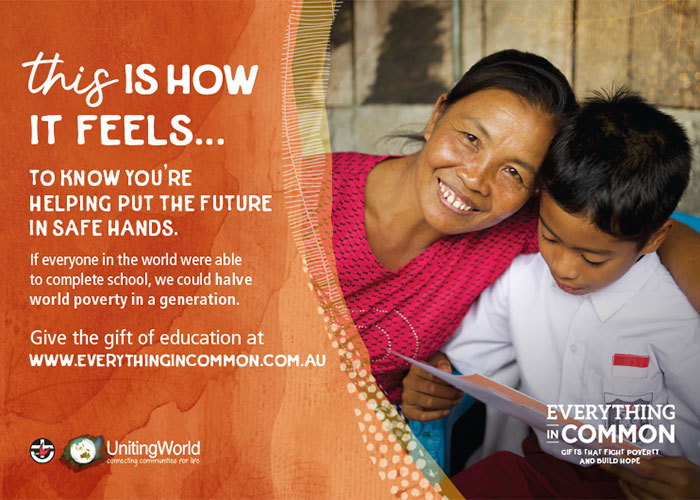The climate science is in. The psychological barriers to action are multiple. The politics of denial continues. This is our context – and, indeed, the “great moral challenge of our generation”.
In March, our front-page story by Kate Smolski (Nature Conservation Council of NSW) named eastern Australia as one of the world’s top 11 deforestation hotspots and warned of the threat to koalas posed by deforestation (“extinct by mid-century if deforestation does not stop”).
Last month, we ran articles on the School Strike 4 Climate, which saw 150,000 children and young people Australia-wide call for a stop to Adani’s coal mine in the Galilee Basin (“no new fossil fuel projects and 100 per cent renewable energy by 2030”), as well as “climate pastoral care training” for clergy, religious leaders and pastoral care providers.
Our lead story this month concerns a campaign initiated by the Australian Religious Response to Climate Change (ARRCC) opposing coal mining. The SSH challenged candidates for the federal seat of Sydney to commit to a moratorium on new coal mines and expansions (see page 8 for their responses).
Miranda Massie, founder and director of the Climate Museum in New York, was a recent guest on ABC Radio Sydney. She spoke about the challenging nature of climate science communication. “The ongoing discoveries, the data and numbers and graphs – all of that is essential,” she said, “but most of us need context, narrative, sensory details, and a sense of community – a peer group – to grapple with both the abstractness of raw scientific information and, in the case of climate, the gravity of its meaning.”
Art-science installations such as Zaria Forman and Peggy Weil’s In Human Time (depicting an “iceberg graveyard” in Whale Bay, Antarctica – with drawings, musical score and ice core “paleothermometers”) and Climate Signals by Justin Brice Guariglia (solar-powered LED roadwork signs in Rockaway, Queens – “ABOLISH COAL ONIALISM”; “VOTE ECO LOGICALLY”) resonate with the work of Muruwari and Budjiti artist Bruce Shillingsworth, who decries apathy and corruption around water management for the Barwon and Darling rivers in NSW.
The artist’s most recent paintings depict plenitude, diversity and tragedy in and around towns like Bourke and Menindee. Click here for details about his Water for Rivers Campaign Corroboree Expedition project.
Let’s support one another as we build a broad social consensus for action.





